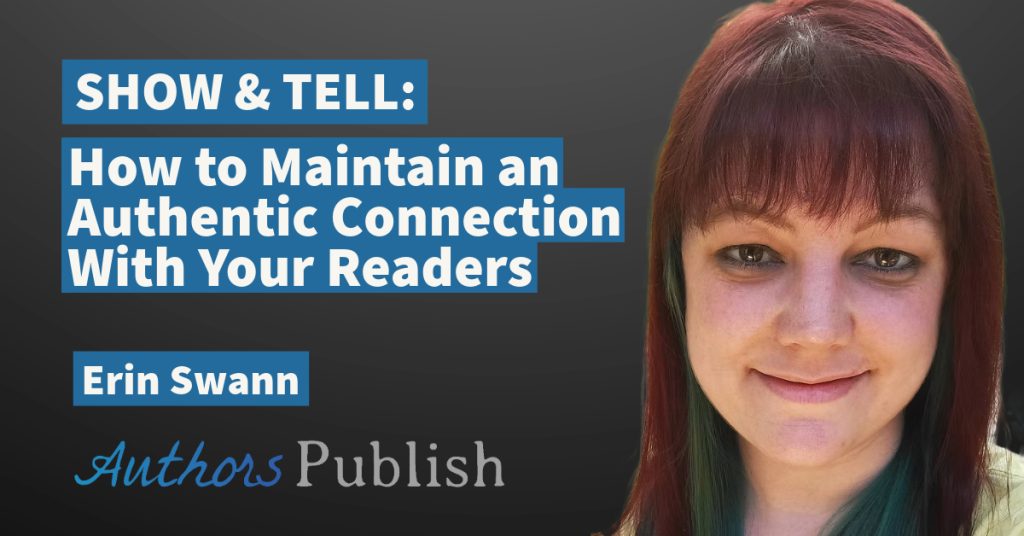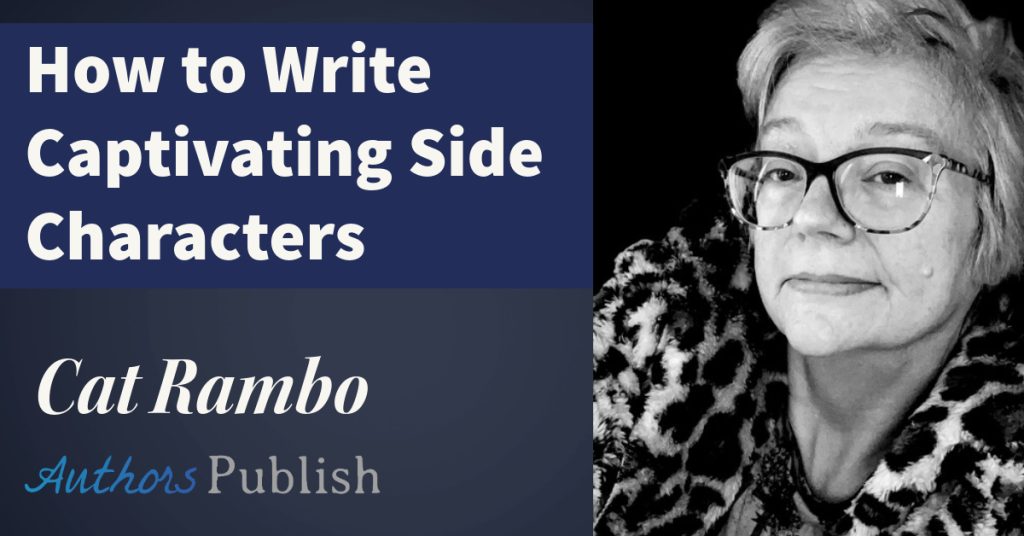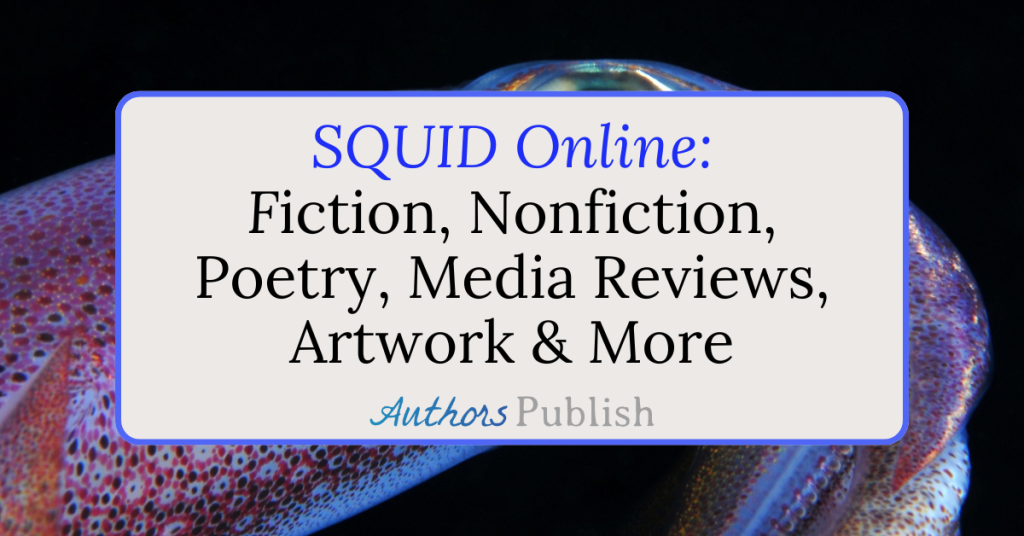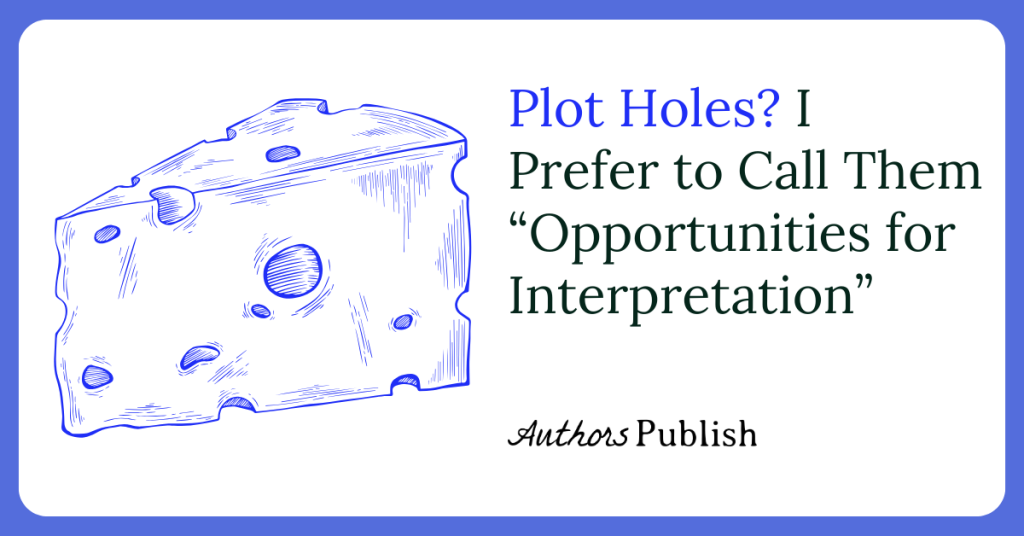I often said that writers are of two types.
There is the architect, which is one type. The architect, as if designing a building, lays out the entire novel at a time. He knows how many rooms there will be or what a roof will be made of or how high it will be, or where the plumbing will run and where the electrical outlets will be in its room. All that before he drives the first nail. Everything is there in the blueprint.
And then there’s the gardener who digs the hole in the ground, puts in the seed and waters it with his blood and sees what comes up. The gardener knows certain things. He’s not completely ignorant. He knows whether he planted an oak tree, or corn, or a cauliflower. He has some idea of the shape but a lot of it depends on the wind and the weather and how much blood he gives it and so forth.
No one is purely an architect or a gardener in terms of a writer, but many writers tend to one side or the other. I’m very much more a gardener.
George R.R. Martin
George R.R. Martin is on to something here. There are people who like to plan, who sometimes spend just as much time planning as they do actually writing the novel. Then there are authors who just write, with a loose vision for what they want to see on the page.
I fall into the gardener school largely, but I have tried outlining novels, my major vice is ignoring that outline completely, even if it appears very good and concrete. Usually when I get to the actual act of typing I want to be surprised by characters to a certain degree, which is not possible when you have a strict plan.
But some people need to plot a novel, they find it comforting even if they don’t end up following it entirely. And even with the gardener approach you have to have some sort of idea of what you want to end up with.
So below I am going to go over four different approaches to plotting your novel. You can follow all four, if you are not sure which one works for you. Or you can just follow the one that appeals most to you.
Gardener
This is how I plot a novel. I come up with a situation that sounds interesting to me. Sometimes I start out with a setting, sometimes with the larger context.
For my most recent novel, I knew I wanted to write about a hypothetical war in Europe. I wanted the setting to be in Venice and the main character to be a woman and a smuggler. To complicate things, I wanted her to end up with the custody of her two cousins who are minors.
I figured all that out and I wrote down the names of three major characters. Then I figured out what I wanted out of the story. What were my major themes? I wanted the themes to be how a family can form, and also for the story to be about refugees. I knew that the end would an involve an international rescue.
Then I started to write. I didn’t know until I was writing the last 20% or so of the novel how the international rescue would work, or even who they would be rescuing, but once I got there, the answer presented itself.
For me this is the easiest and most intuitive way to write. It is also the most exciting. Night after night I could not wait to write so that I could find out what was going to happen.
The Gardener who dabbles in Architecture
If you are some one who needs a more concrete plan before proceeding but still wants to have the excitement of finding new things out this option might work the best for you.
First, follow all the steps outlined in the Gardener.
Before proceeding really flesh out the characters. You can do this in a number of ways. One is by writing down a few pages about each of the main characters. You can just include whatever information you think of, or you can fill out a questionnaire, like the one below.
Character Sketch Questionnaire
- Full Name:
- Height:
- Weight:
- Age:
- Hair Color:
- Distinguishing Features:
- Tattoos/Scars:
- Hometown:
- Current City:
- Education:
- Relationship Status:
- Siblings:
- Favorite Food:
- Favorite Book:
- Favorite Word:
- Favorite Movie:
- Favorite Childhood Memory:
- Pet Peeves:
- Hobbies:
- Medical Issues:
You can also do more research regarding the setting. But all this is just to create a good starting point. The point is not to figure out the plot, but to create a steady foundation, or good soil, depending on your perspective.
The Architect with a Nice Garden
If the idea of plotting really appeals to you – go for it! But limit yourself. The most complete synopsis that publishers request are limited to a page or two for a reason.
You can be traditional about it and think of it the plot in terms of a plot diagram. The initial flat line of exposition followed by the angled line of climax followed by the almost straight line of falling action, that ends in the flat line of resolution.
However, the novels I like to read, and also the ones I write, would have plot diagram that more closely mimics a mountain range, and so plot diagrams are not exactly helpful there.
What I would do with a plot that contains a series of climaxes is to write down the top five to ten most important events that happen in your novel as a series of bullet points first and then turn it into a paragraph format.
The other thing you could do is just create a plot diagram (or two) for every character. Because one of the most important things to keep in mind while navigating plot is to make sure that your characters develop (at least the main ones) through the events that take place.
That is why it is important, even if you have a series of bullet point events, to turn that list into paragraphs.
I think the key to this kind of plotting – the kind where you know the beginning, the middle, and the end and how that will affect the characters, is too not spend too much time on it. If you have a few wiggling doubts, or gray areas, don’t worry about. Start writing. That is the priority after all.
The Architect
Not only am I not an architect, I can’t claim to understand them entirely. I am in awe of them, but I don’t actually enjoy reading their work generally. The best example of architect I can think of is J.R.R. Tolkien, so lots of people love reading his work.
But I think the key to being an architect is to spend a very long time and a lot of effort not just thinking about what you are going to write, but taking notes on what you have thought about, drawing pictures, even creating a language.
Don’t rush being an architect, draw a world map if you need to. That is part of being an architect (I think). But please get around to writing eventually.
In Conclusion
Everyone has their own approach to writing and to plotting. Personally I don’t think there is a right or a wrong way, and that your personality, the genre you are writing, length of work, and intended audience all play a roll in what kind of plotting works for you. So what works for you one time might not the next.
The most important thing for me – is that plotting is not writing. This is a stage you have to get through, before you get to the act of writing. Make sure you get there. That is the important stuff.
Bio:
Caitlin Jans is a poet, a novelist, and the editor of Authors Publish Magazine. Her writing can be found in The Conium Review, The Moth, Labletter, Literary Mama, and elsewhere. You can follow her on Facebook.






